Using computer simulations researchers have modeled the evolution of the gas giants in the Solar System, potentially providing an account for how the largest planets in our system formed. The study shows that when small centimeter- to meter-sized “pebbles” slowly accumulate they form planetesimals which become the cores of gas giants. It was previously thought […]
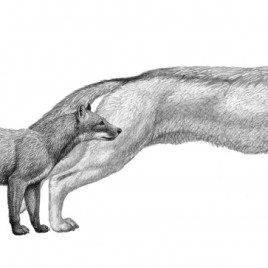
Dogs evolved with climate change
The evolution of North American dogs shows that evolution can be a direct consequence of climate change, and is not always associated with an “arms race” between ancient dogs and their prey. Researchers studied fossil elbows and teeth of 32 species of dogs from 40 million years to two million years ago, the same period when climate […]
Discovering how a new class of drugs works against super viruses
An emerging class of drugs, AMLPs (antimicrobial lipopeptides), shows promise in the fight against superbugs, yet until now researchers have lacked a molecular-level understanding of how they act. According to a new study AMLPs clump together to form microscopic balls called micelles, which selectively kill stick to bacterial membranes – a complex structure that is […]
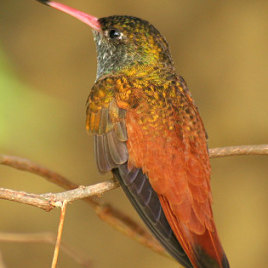
How hummingbirds drink: rethinking 50 years of research
High-speed videos have shown how hummingbirds feed on nectar, and it’s not what was previously thought. It’s not in the same way fluid rises in a capillary tube. Hummingbirds actually extract nectar by creating a tiny pump using the tongue. The new findings mean that fifty years of research studying how hummingbirds and floral nectar […]
The importance of health care in the federal election
In the upcoming federal election, health care must be a key issue otherwise Canada’s health care problems will continue, according an editorial in the Canadian Medical Association Journal. Additionally the editorial calls on federal political parties to articulate clear policy platforms on health care. The Deputy Editor of the CMAJ, Dr. Matthew Stanbrook, says “the federal government […]

Explaining the origin of shepherd moons
The origin of “shepherd moons” in planetary rings such as those found on Saturn and Uranus may be a natural consequence of ring evolution around giant planets. Studying the two shepherd moons in Saturn’s F ring system, Prometheus and Pandora, researchers has found how these moons may form. Using computer simulated collisions between icy moonlets […]
How to teach students to think critically
Allowing students to make, and act on, quantitative comparisons between sets of data, helps them evaluate models more effectively, new research indicates. In an introductory physics laboratory course students were instructed to make and act on comparisons between datasets, and between data and models – an approach common in many areas of science. By the end of […]
This is your brain on Whistled Turkish
While language is thought to be primarily a function of the brain’s left hemisphere, new research shows, it isn’t necessarily so. Whistled Turkish, a form of Turkish adapted into a series of whistles to allow for communication over greater distances, is processed equally in both brain hemispheres, researchers have found. Whistled Turkish is the only […]
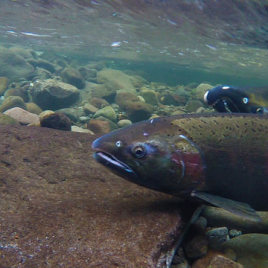
Wild salmon reproduce better than hatchery ones
Hatchery salmons are often introduced into rivers to support wild populations, which are in a state of decline. Yet hatchery males have lower reproductive success than wild ones, according to a study of 196 Coho salmons (Oncorhynchus kisutch). When occupying the same position in the spawning hierarchy, hatchery males have only 55 to 84 per […]
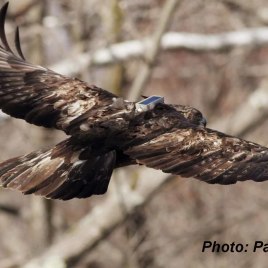
Eastern Golden Eagle populations and environmental change
Using GPS trackers and studying feather samples from 42 Golden Eagles (Aquila chrysaetos) researchers found that they exhibit migratory connectivity, as individuals from the same breeding population migrate to the same wintering area. This means that subpopulations of the Golden Eagle are more vulnerable to environmental changes than currently expected. The authors found that individual […]
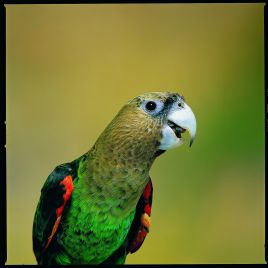
The Cape Parrot – a new species
Genetic analysis of the Cape parrot, currently considered a Poicephalus robustus sub-species, shows that it is genetically distinct from other P. robustus subspecies and should be elevated to the species level. The researchers believe this may allow for better planning and implementation of conservation strategies for the Cape Parrot. The researchers genotyped 138 specimens from […]
Trans fats, not saturated fats, are the real danger
Saturated fats are not associated with cardiovascular disease, coronary heart disease, stroke, or type 2 diabetes, while trans fats are, according to a meta-analysis of studies. Researchers reviewed 39 studies from around the world, where nutrients, typically refined carbohydrates, were replaced with saturated fat. The researchers found no association between saturated fats and health outcomes, […]

Filming the brain activity of a fly
Using imaging technology together with technology for detecting neuronal activity from specific groups of cells, a team of researchers has been able to “film” the activity of the entire central nervous system of a developing fly, Drosophila melanogaster. This type of methodology is expected to help advance the understanding of the neuronal networks that dictate […]
Omega-3 may help to prevent psychotic disorders
Omega-3 may help reduce the risk of developing psychosis and psychiatric disorders, a study of 81 young people at high risk of developing schizophrenia shows. The participants were randomly split into two groups, one group received omega-3 daily for 12 weeks, while the other received a placebo. Seven years after the experiment, the researchers found […]
A possible explanation for visually vivid dreams during REM sleep
Researchers have found that during REM (rapid eye movement) sleep the human brain is responding in a way similar to visual processing during wakefulness. This may explain why individuals woken from REM sleep often report vivid dreams, and may reflect visual imagery during dreaming. The research team studied the activity of the medial temporal lobe […]
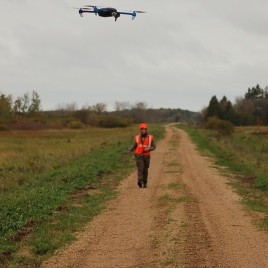
Black bears scared by drones
Black bears are scared by drones flying overhead, even though they do not appear startled to observers. Researchers flew a small unmanned aerial vehicle (UAV) over wild American black bears outfitted with heart rate monitoring equipment and GPS trackers. They found that, although the bears appeared calm outwardly, their heart rate increased suddenly, jumping […]
